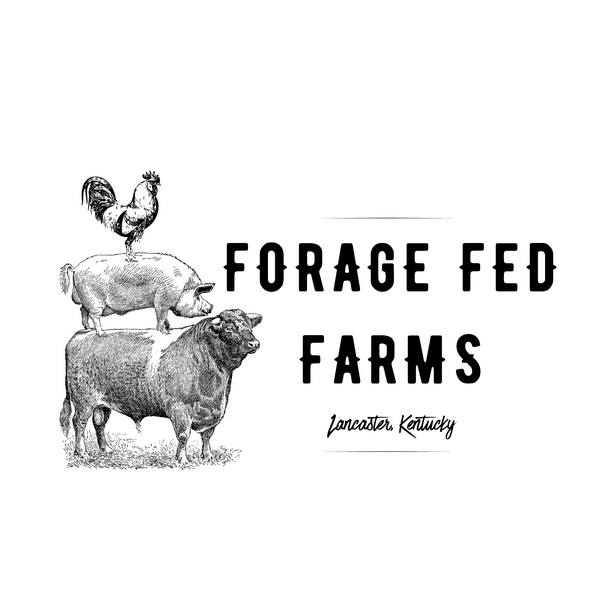What is "Forage-Fed"?
"Forage-fed" feeding practices involve providing animals with a diet primarily composed of fresh or dried forage, such as grass, hay, or other plant materials. This approach emphasizes the natural feeding behaviors of the animals and allows them to graze and consume a diverse range of plant species.
The forage-fed approach is based on the understanding that animals evolved to eat a diet rich in plant material, and it aligns with their natural digestive systems. It promotes the consumption of nutrient-dense forage, which can contribute to the overall health and well-being of the animals.
By utilizing forage as a primary source of nutrition, forage-fed feeding practices often aim to reduce or eliminate the reliance on grain-based feeds, especially those that may contain genetically modified organisms (GMOs) or other additives.
Forage-fed feeding practices can have several benefits, including:
- Nutritional Quality: Forage is often rich in essential nutrients, vitamins, and minerals, which can contribute to the overall nutritional value of the animal products.
- Animal Health: Allowing animals to graze and consume a natural diet can support their digestive health, reduce the risk of certain diseases, and promote their general well-being.
- Environmental Sustainability: By relying on forage, these practices can reduce the environmental impact associated with intensive grain-based feed production, such as land use, water consumption, and greenhouse gas emissions.
Overall, forage-fed feeding practices prioritize the natural diet of the animals, promote their well-being, and align with sustainable and environmentally conscious farming methods.
